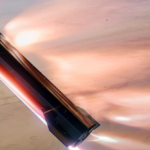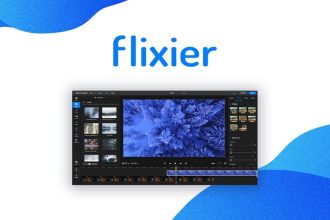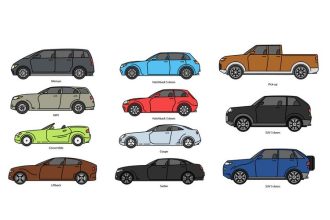Successful product creation is all about how efficiently a product is designed, produced, and delivered to the market. That’s why, mechanical engineers are on a constant lookout for new innovative mechanical engineering services and technologies that not only streamline the product design process but also enhance its quality, reduce costs, and shorten time-to-market.
Here are five cutting-edge technologies that can help you transform the way products are built, perceived, and used.
- Computer-Aided Design and Drafting Technology
Commonly known as CAD, computer-aided design and drafting technology has been a game-changer in the mechanical engineering field. Leveraging powerful tools and the latest CAD design software, like AutoCAD, SolidWorks, and PTC Creo, CAD design and drafting services enable mechanical engineers to create highly detailed and accurate 2D and 3D models of their products for comprehensive visualization, analysis, and refinement – much before the design reaches production.
CAD drafting technology reduces design errors and minimizes the need for costly revisions. In fact, by utilizing CAD, mechanical engineers can cut product development time by nearly 50% and get their products to market at a much faster pace.
Furthermore, CAD technology promotes collaborative design development. This not only improves the final product but also strengthens team communication and workflow.
- Finite Element Analysis (FEA)
Finite Element Analysis (FEA) allows engineers to simulate and analyze their virtual product designs under different conditions. By using FEA tools, like ANSYS and Abaqus, mechanical engineers can test how a product will perform under heat, stress, and vibration. They can test different materials to find the most efficient and cost-effective design solution. Finite element analysis reduces the need for multiple physical prototypes and prevents costly product failures.
- 3D Printing Technology
3D printing is also known as additive manufacturing – a technology has completely changed the way prototypes and even finished goods are manufactured. With this technology, engineers can quickly produce physical representations of their designs right from the CAD models. It enables engineers to create intricate designs that would otherwise be too costly or difficult to create with conventional production techniques. In addition, 3D printing technology decreases material waste, quickens the cycle of product creation, and supports sustainable product production.
- Computer-Aided Manufacturing (CAM)
Computer-aided manufacturing (CAM) technology bridges the gap between design and production. It helps in the smooth transition of product design from a digital model to a physical product. CAM software, such as Mastercam and Fusion 360, uses CAD models to generate exact instructions for CNC machines, automating the entire production process. This automation cuts down on manual labor and production time while improving the final product’s accuracy and quality.
With CAM, manufacturers can optimize tool routes, reduce material waste, and achieve consistent outcomes across production. This helps to save costs and keep strict production schedules in addition to raising the product’s overall quality.
- Augmented Reality in Designing
Augmented Reality (AR) is an emerging transformative technology that provides mechanical design engineers with innovative ways to visualize and interact with product designs. AR tools like Microsoft HoloLens and Google ARCore overlay digital information onto the physical world, allowing engineers and stakeholders to view and manipulate 3D models in real time.
With AR, engineers can visualize how a product will fit into its environment, assess its spatial relationships, and conduct virtual assembly and maintenance procedures before physical prototypes are made. This capability enhances design accuracy, improves collaboration among teams, and speeds up the decision-making process. By integrating AR into the design workflow, companies can reduce errors, streamline development, and enhance the overall value of their products.
In conclusion, the adoption of modern mechanical design technologies is crucial for companies looking to increase the value of their products. Innovative mechanical design technologies can not only enhance product quality and reduce costs but also deliver products that stand out in today’s competitive market.
Ready to Take the Next Step?
Partner with an expert mechanical engineering services providing company and design your products for success.












